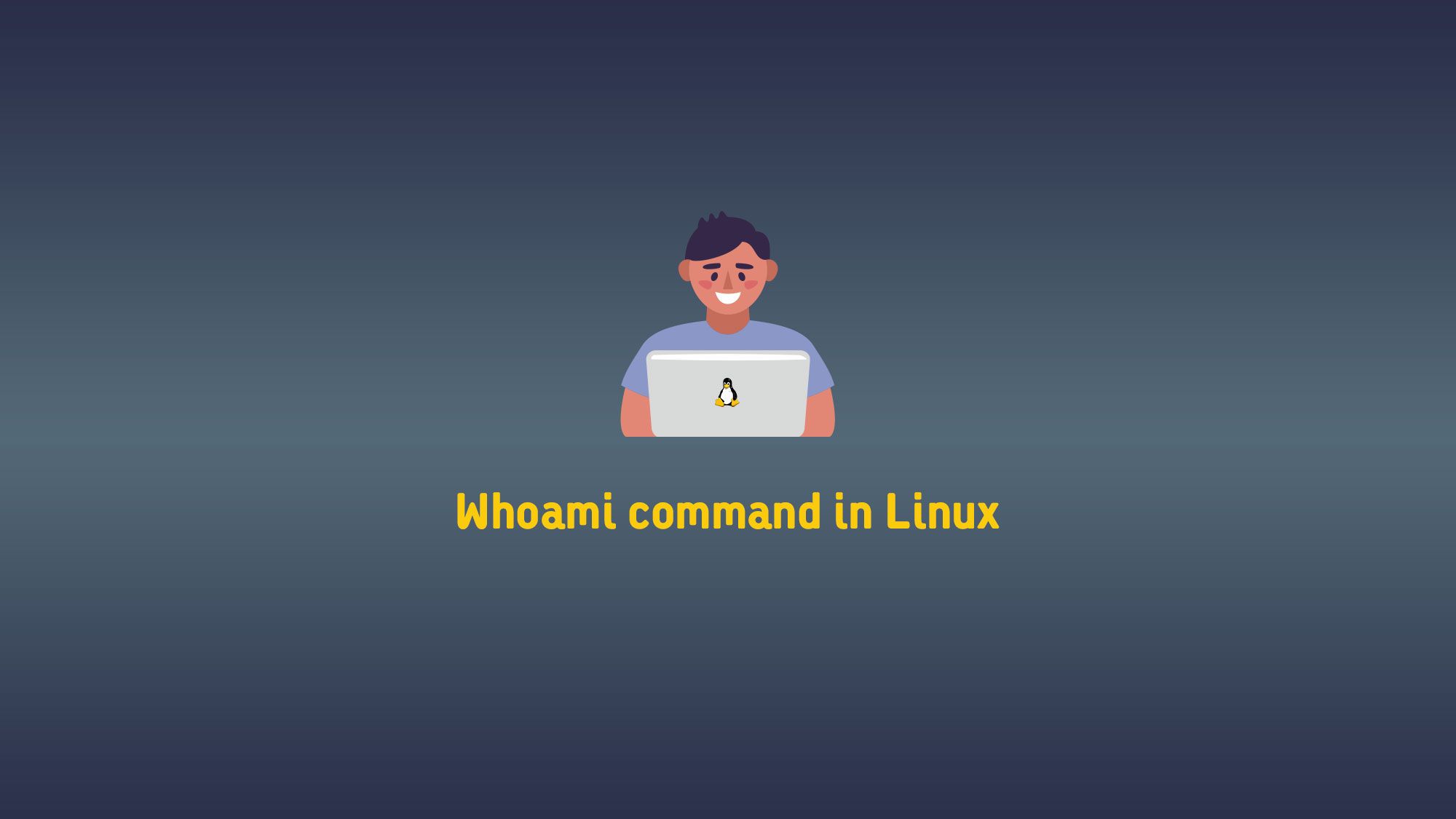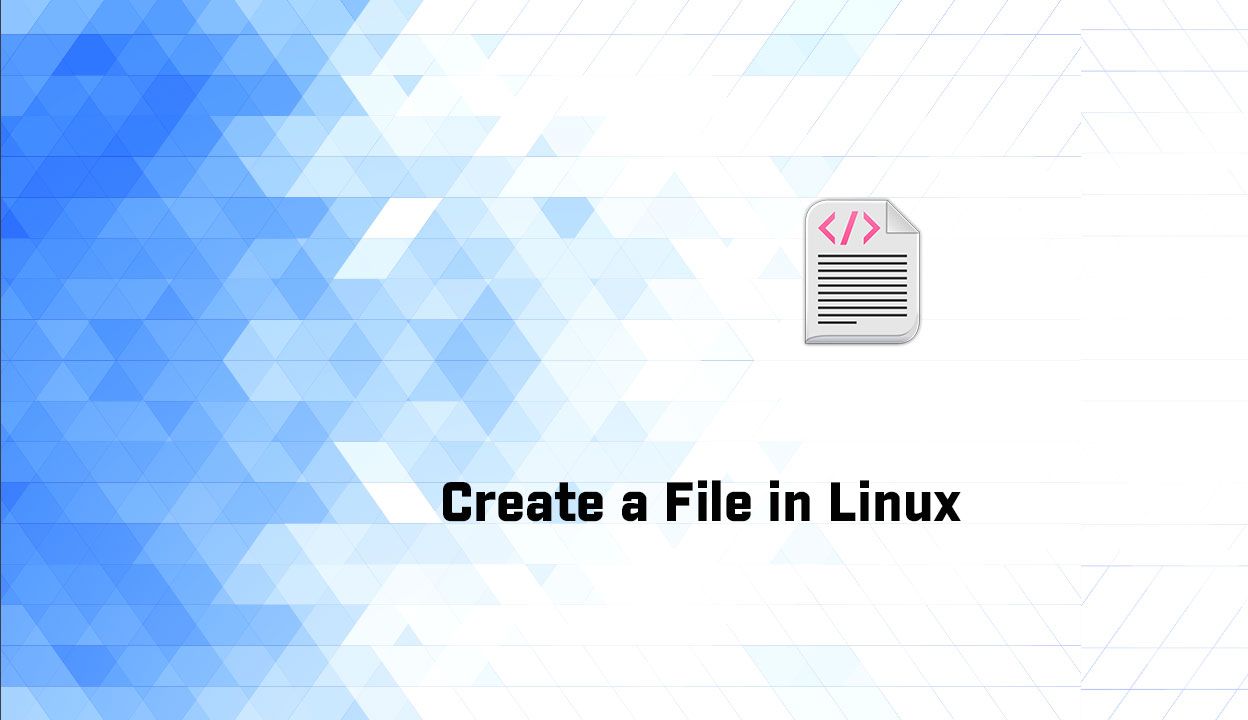© 2024 tecdhee.com - Tech Tips, Tricks and Tutorials.
Linux
How to Install Nano Text Editor in Linux
In this guide, we will learn about how to install the nano text editor on Linux. We will use Ubuntu...
Whoami command in Linux
In this article, we will learn about how to find your username using the whoami command in Linux. As its...
PWD Command in Linux (Current Working Directory)
In this article, we will learn about how to determine your current working directory using the pwd command. How to...
Su Command in Linux (Switch User)
In this article, we will learn about the su command in Linux. su (short for substitute or switch user) utility...
How to Create a File in Linux
In this article, we will learn how to create a new file in Linux on a regular basis. You can...
Linux File Hierarchy Structure
In Linux important aspect is the Linux File Hierarchy Structure. Everything in Linux is either a file or a directory....





